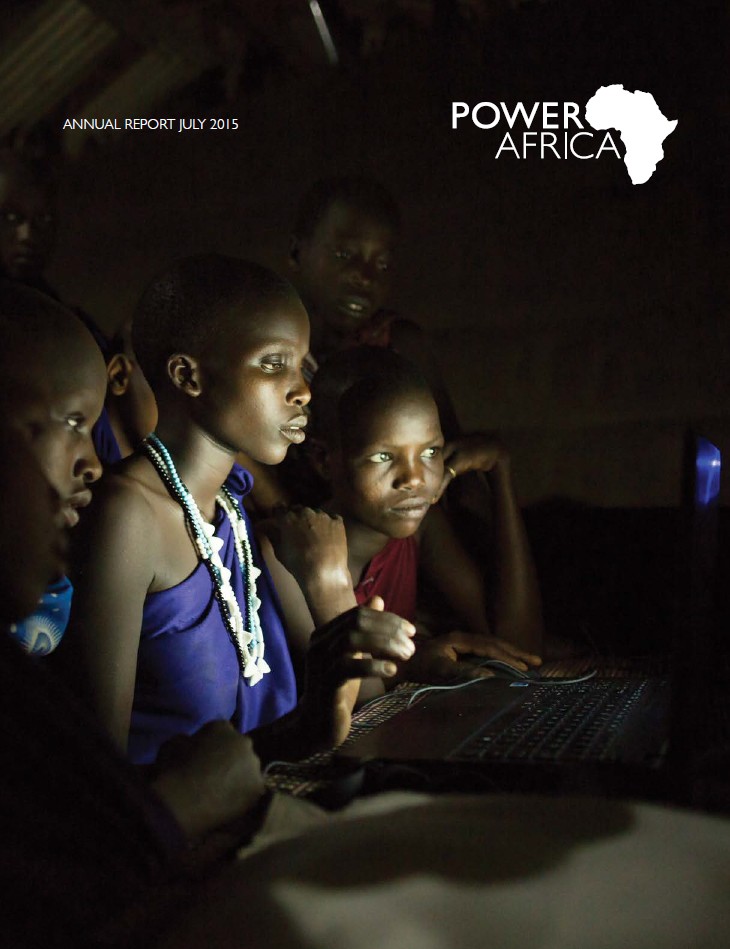A significant challenge to the stability and economic development of the communities living at the border areas of Kenya and Ethiopia is the lack of an adequate marketing infrastructure. An inadequate infrastructure increases the community’s vulnerability to drought by limiting access to markets and basic services and deters the investments needed to expand and diversify the economy.
Today at the World Investment Forum (WIF) 2016 meeting in Nairobi, U.S. Agency for International Development (USAID) Kenya and East Africa Mission Director Karen Freeman opened a high-level panel of East African leaders to discuss strategies for promoting the East African region as a common destination for global investors.
I congratulate Moses and his team for picking this theme as it is timely and resonates with the global agenda to promote the development of women. Young women have such an important role in international affairs and should strive for achieving and reaching the highest levels within the field.
On June 16, 2016, Kenyan and U.S. officials launched Afya Jijini (“health in the city”), a $34 million (3.4 billion Kenyan Shillings) integrated health program to improve and increase access and use of quality HIV/AIDS, family planning, and reproductive, maternal, newborn, child and adolescent health services.
Yesterday, the Kipeto Wind Park, a project supported by U.S. President Barack Obama’s Power Africa initiative, signed a 20-year power purchase agreement with Kenya Power to provide clean, sustainable energy to the people of Kenya. The 100-megawatt (MW), grid-connected power facility -- which will be constructed in Kajiado County with land leased from the Maasai community -- will be one of the first utility-scale wind projects to generate electricity in Kenya.









Comment
Make a general inquiry or suggest an improvement.